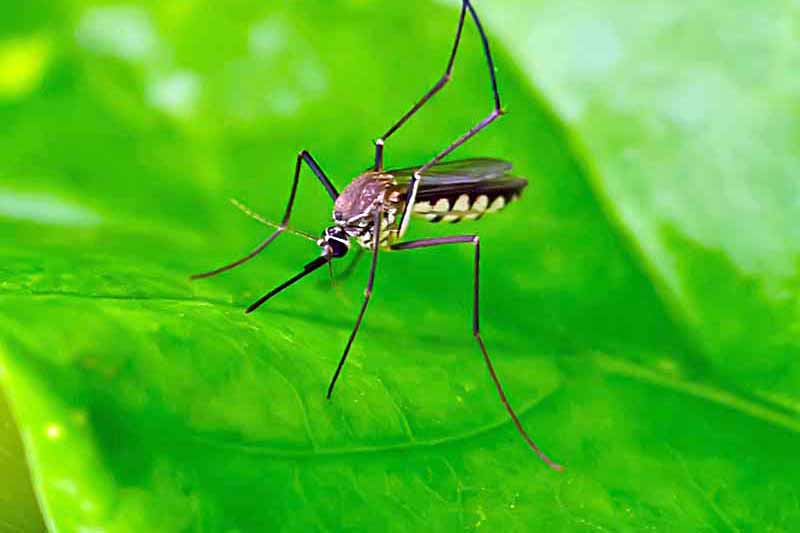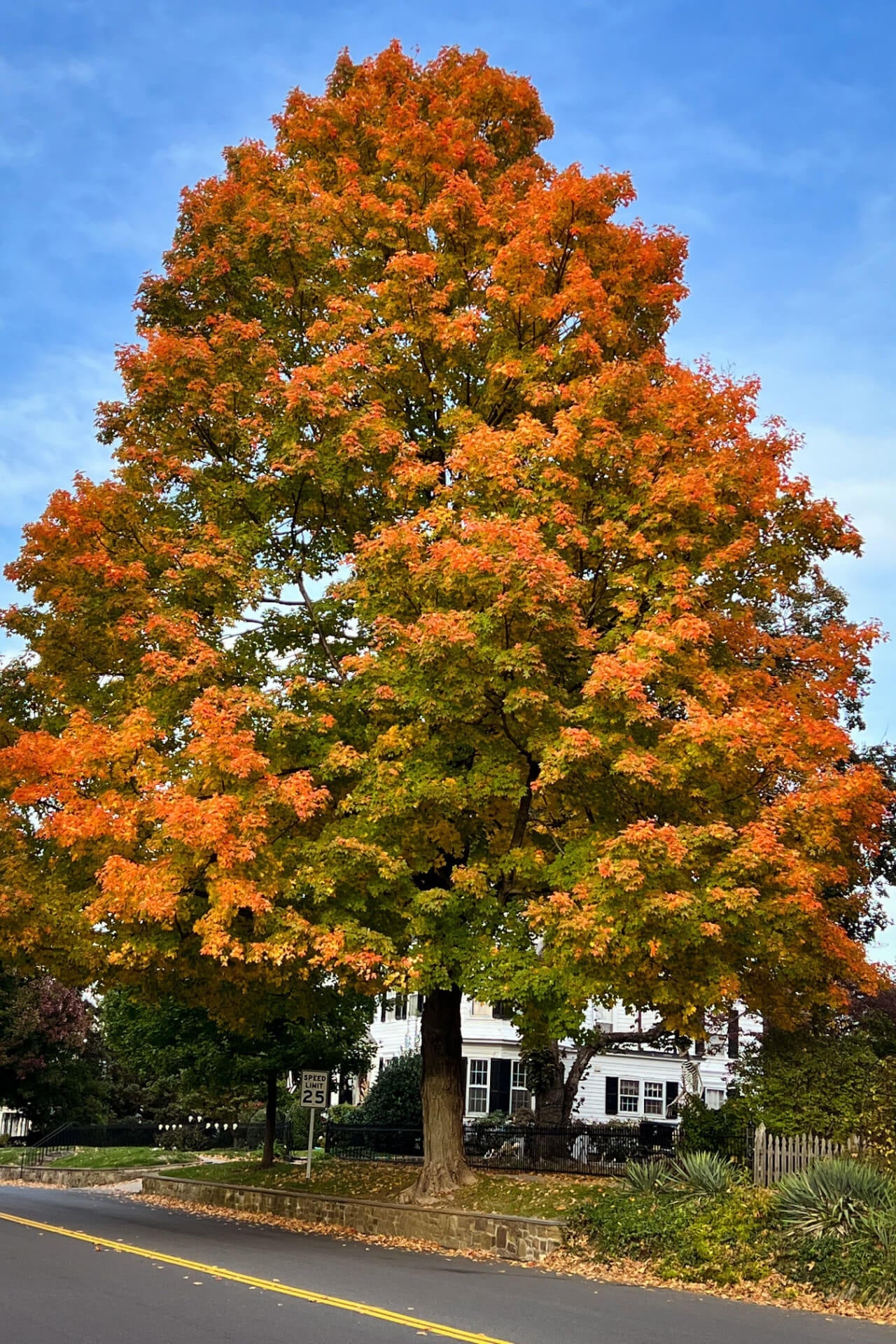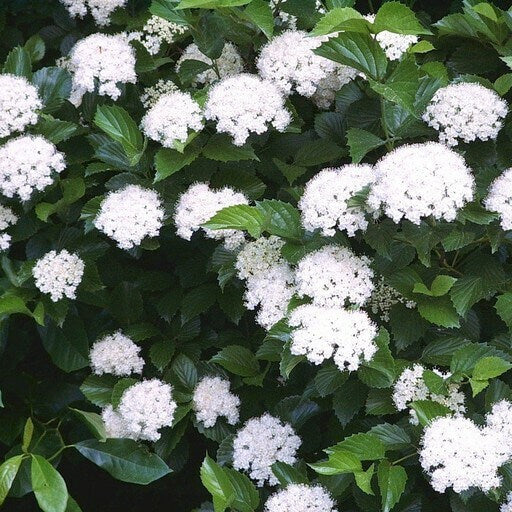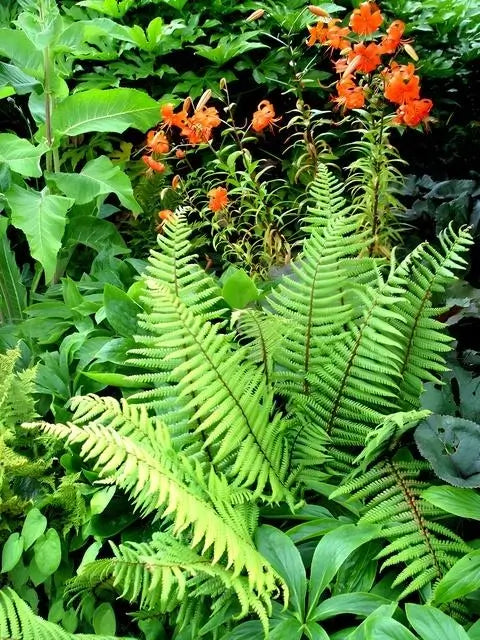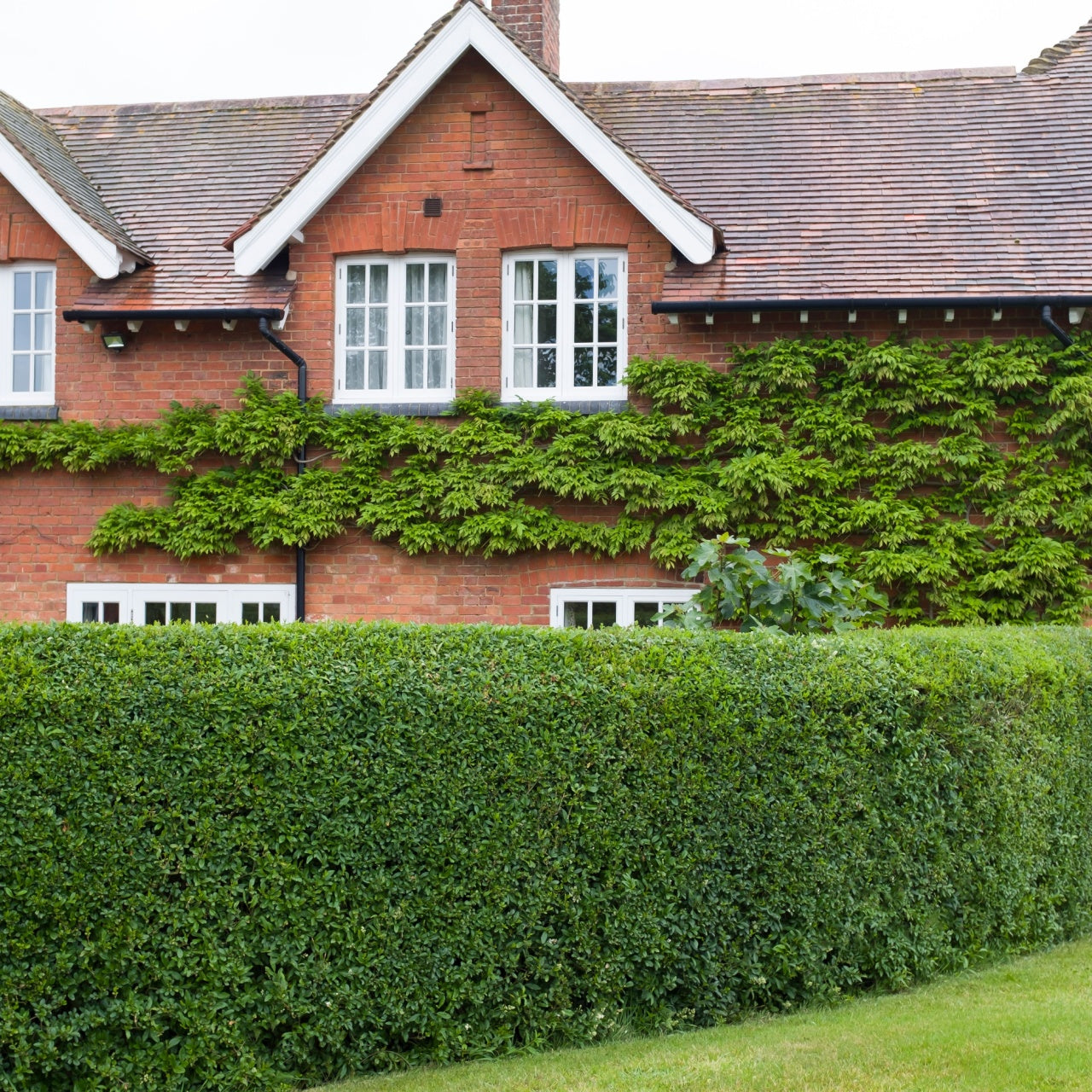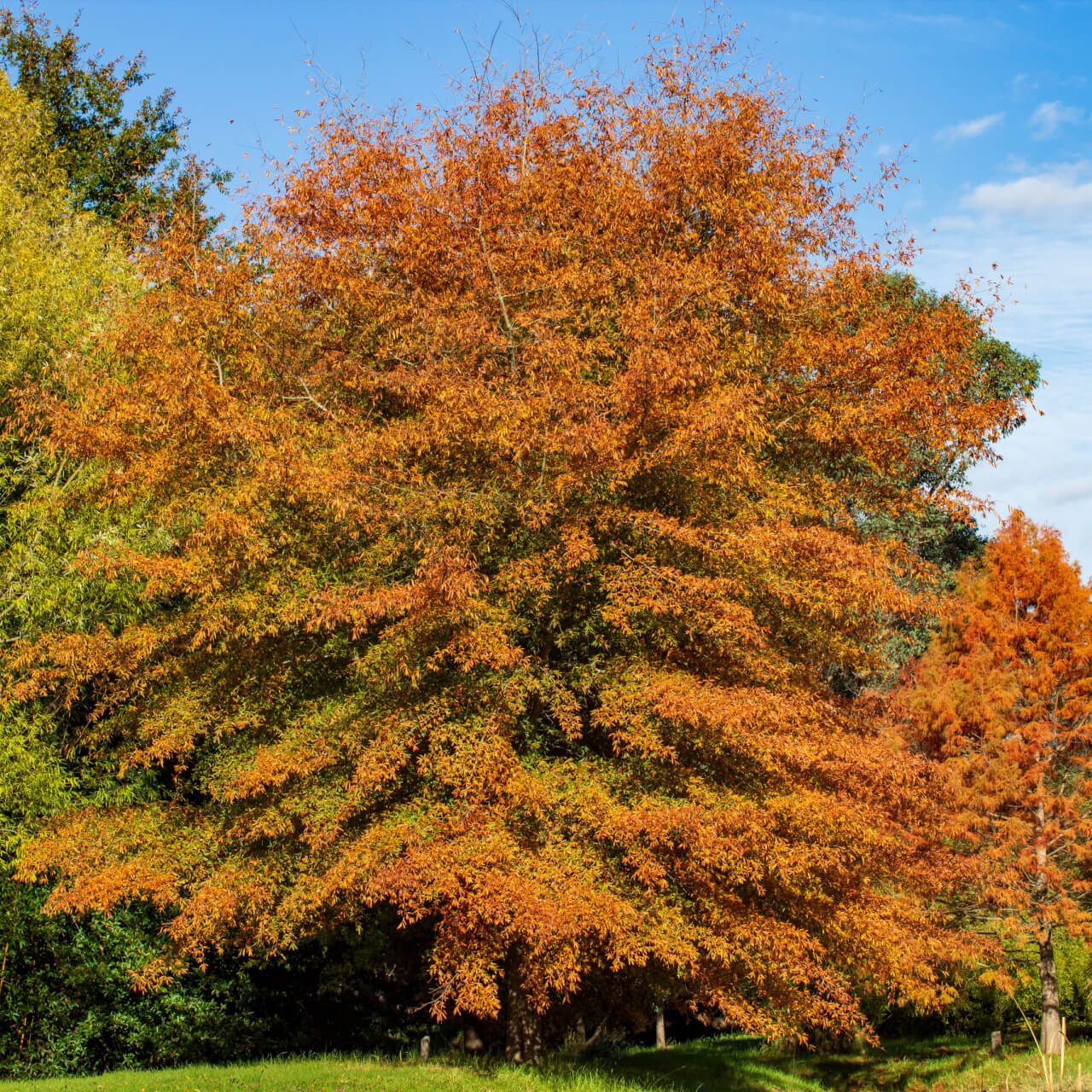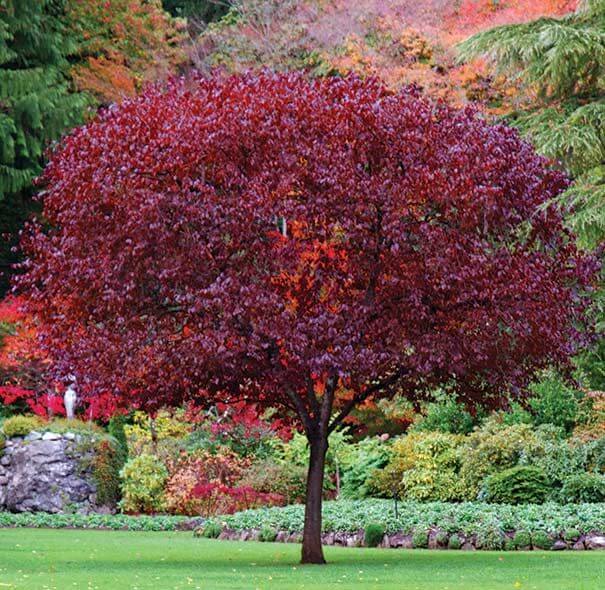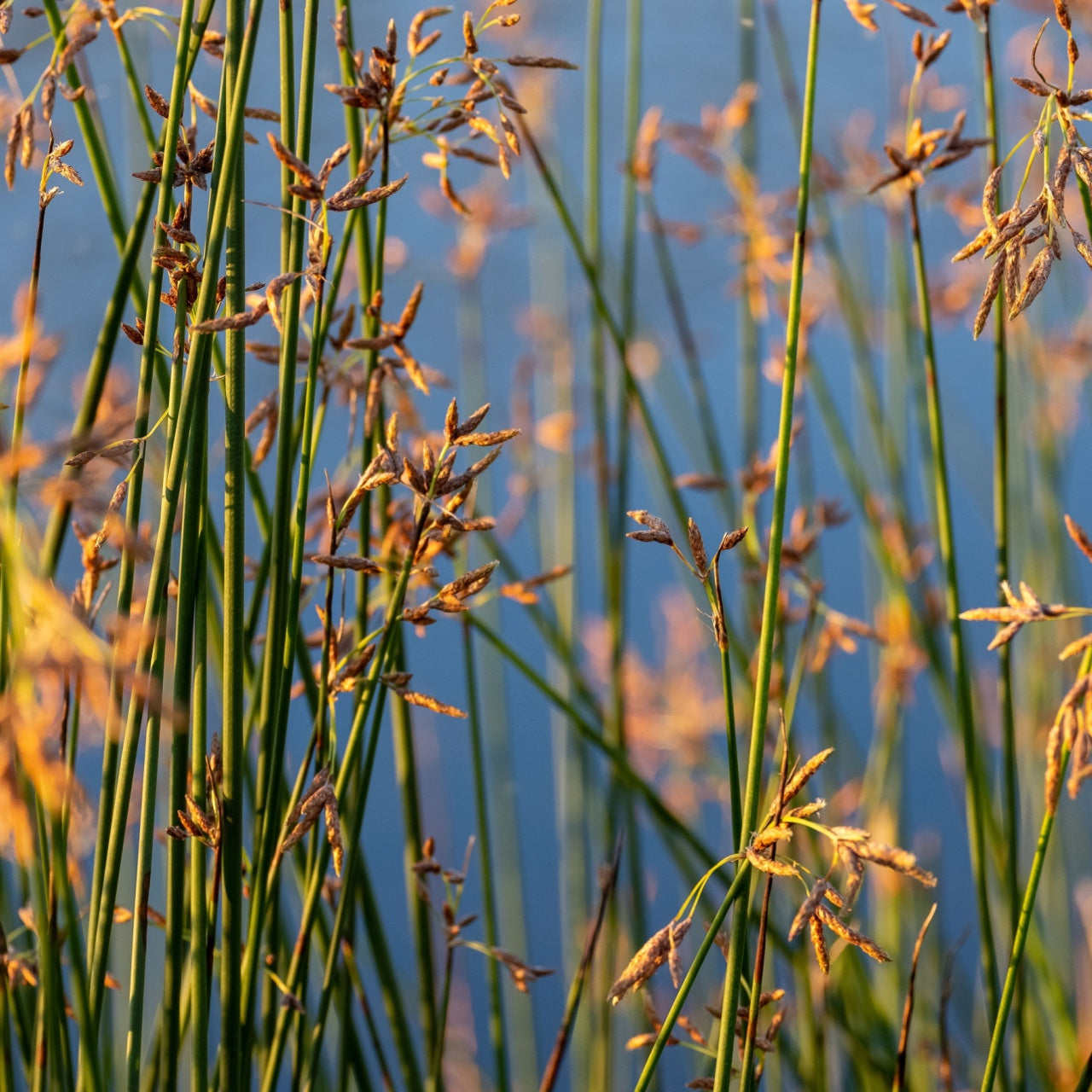Mosquito season can be irritating when simply trying to enjoy your backyard or garden. Mosquito-repellent plants and trees from TN Nursery can help keep these annoying, biting insects at bay. Certain plants and trees give off unpleasant odors to the pests and can drive them away without using chemicals or bug spray.
Are you annoyed by the buzzing of mosquitoes in your ear? Well, you’re not alone. Mosquito season is here; no matter how much you try, you will have itchy bites and irritating bumps. While you can maintain fly screens on windows and doors to keep them outside the house, they will still find their way into your home. Having them lurking in your garden harms your health as they carry infections that can seriously damage your health.
Keep Pest Away With Mosquito Repellent Plants
During the mosquito season, many people prefer to put on mosquito repellent, but it can cause irritation and allergies to some people. So, what is the best way to naturally keep these irritating and infectious flies at bay? There are many answers to that; however, planting mosquito-repellent fragrance plants is the best way to keep mosquitoes and allergies away from you.
Featured Mosquito Repellent Plants
At TN Nursery, we stock an entire collection of fragrance plants that do an excellent job of repelling mosquitoes. These mosquito-repellent fragrance plants not only enhance the beauty of your outdoor spaces but also leave a delicate aroma in the air that keeps these flies away.
There are different options for flowering plants, shrubs, or even moss. Some moss, including Fern Moss, Tree Moss, and Cushion Moss, may help repel mosquitoes. The moss usually covers the grounds, still water, and freshwater bodies. This helps stop mosquitos from laying eggs and building larvae, which can significantly reduce their breeding population.
Arrowwood Viburnum Is A Amazing Mosquito Repellent Plant
You can also choose from an array of shrubs, such as Viburnum Dentatum and Arrowwood Viburnum, that will allow you to line boundaries and fill spaces to keep mosquitoes away. Lastly, you can buy Cedar Tree, Sweet Bay Magnolia, or any other tree from our fragrant plants for sale collection.
